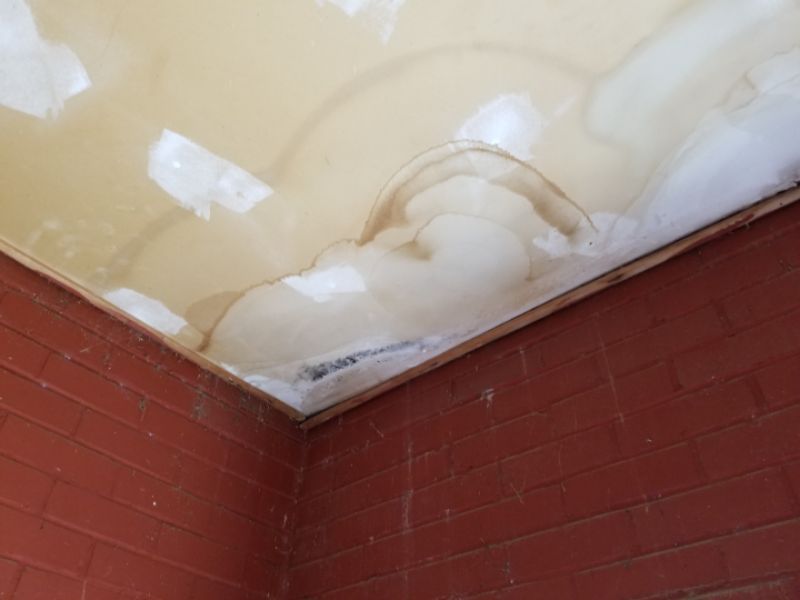Patios are generally impervious surfaces. As such they must be inspected for the same water management concerns as other hardscape on the property, e.g. driveways and walks. They also present many of the same defects, including trip hazards.
Inspect the overall lay of the patio, paying careful attention to slope and drainage. Patios must never be installed above the level of a sill plate or the exterior siding. They should be sufficiently below the threshold level of any exterior entry to avoid deterioration or water intrusion into the interior. Inspect for damage, deterioration, settlement and heaving, gaps (especially between the patio and the home), undermining, and deterioration of joints that will allow water penetration and ongoing damage. Special attention should be paid wherever a patio joins steps or stoops; this has implications for drainage and trip hazards due to settlement and heaving. Inspect any patio enclosures or covers for damage, deterioration, leaks, and instability.
The patio has cracks. This permits water penetration and is conducive to further deterioration. Repair and seal the cracks.
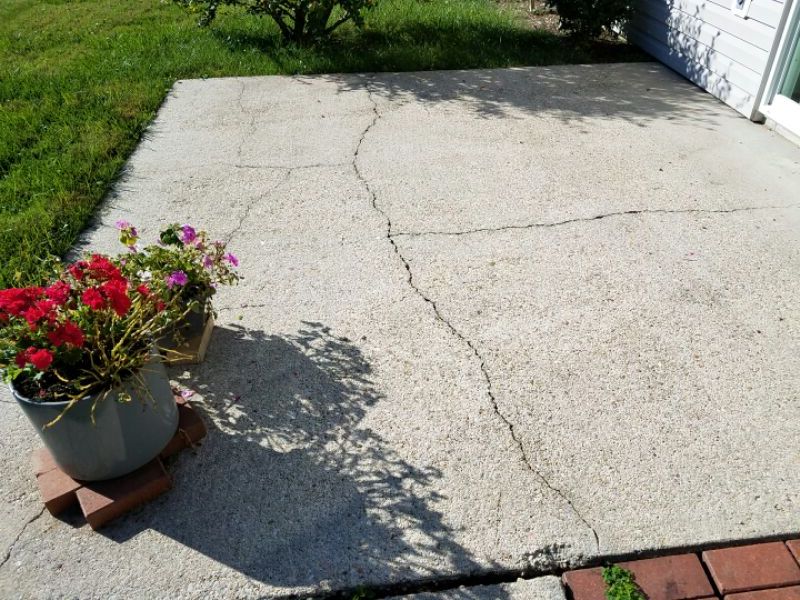
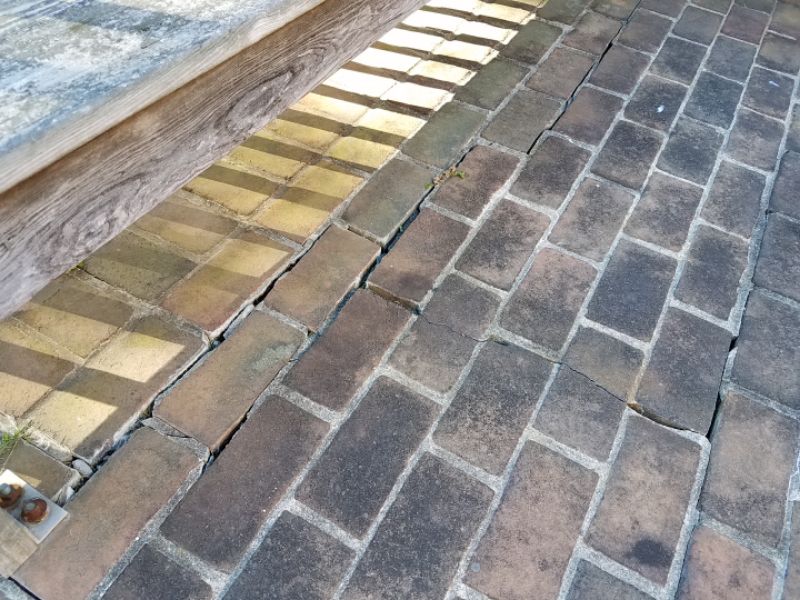
There are deteriorated mortar joints at the patio. This permits water penetration and will cause further damage. Repair the mortar joints.

The wood spacers at the patio are heaved. This is a trip hazard. Replace the spacers.
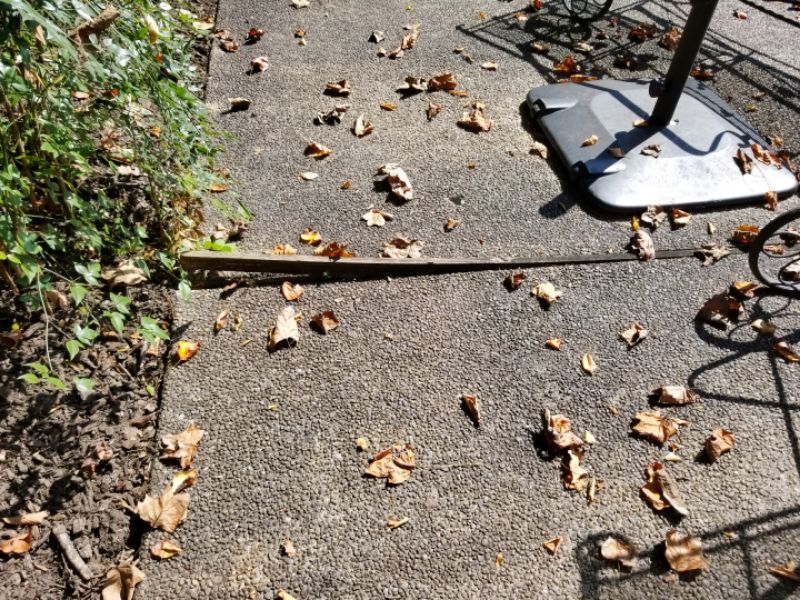
There is damage to the patio. Without repairs, moisture penetration will cause further damage. Repair the damage.

The patio is settled and heaved. This is a trip hazard and permits water penetration, which is conducive to further deterioration. Repair and stabilize the patio to prevent further settlement. Repair and seal any gaps to prevent moisture intrusion.
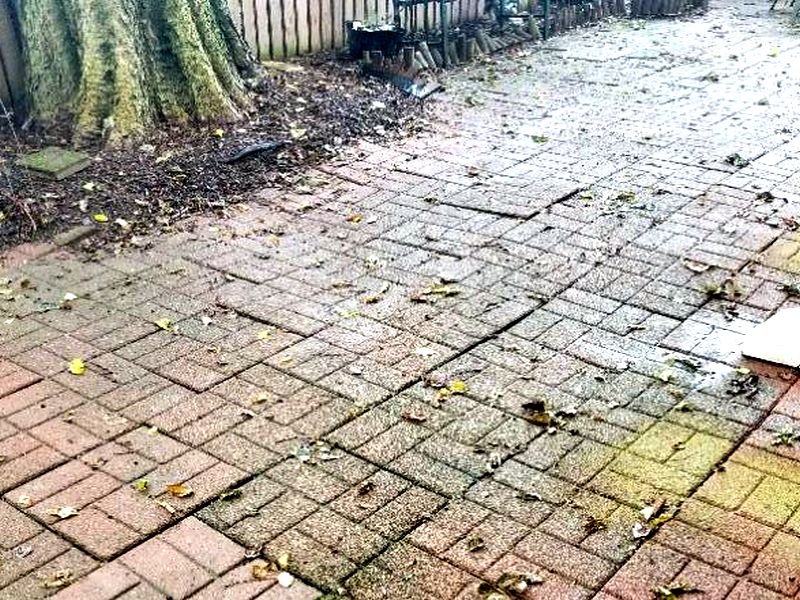
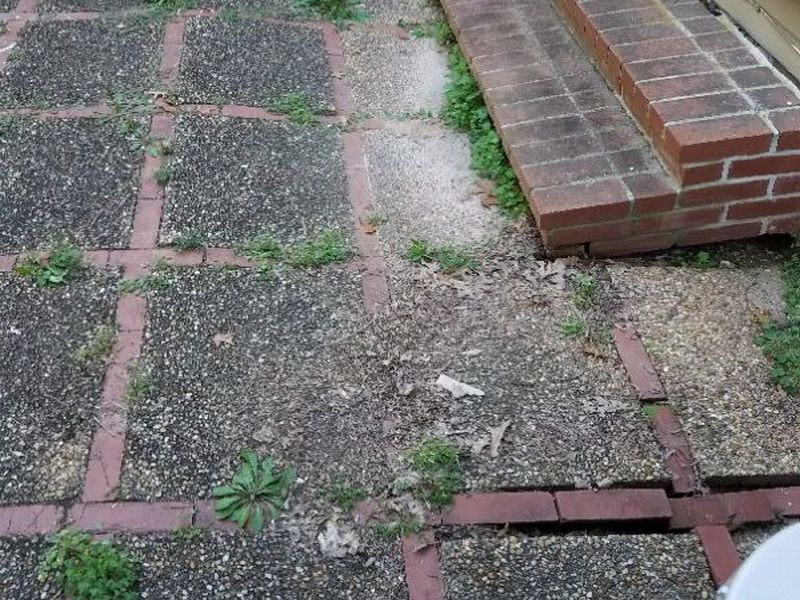
There is a gap between the patio and the foundation. This will allow water penetration into the structure. Repair and seal any gaps to prevent moisture intrusion.
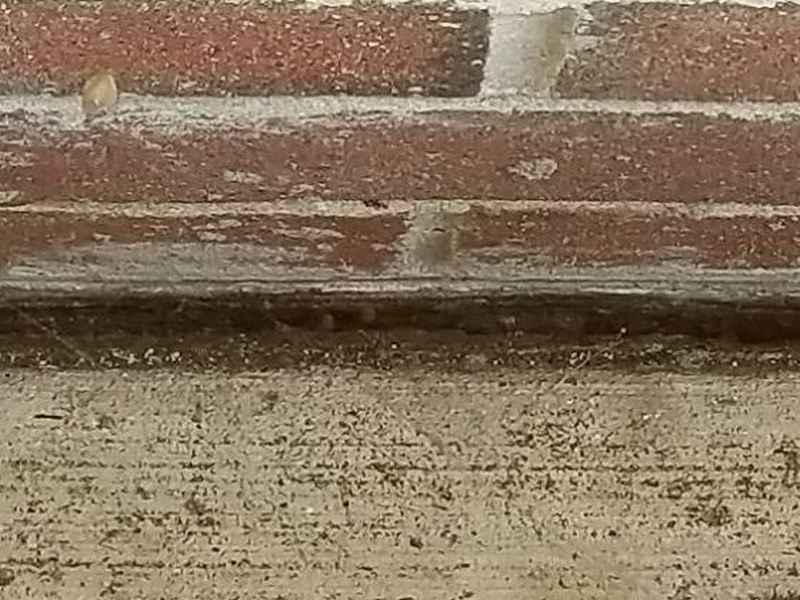
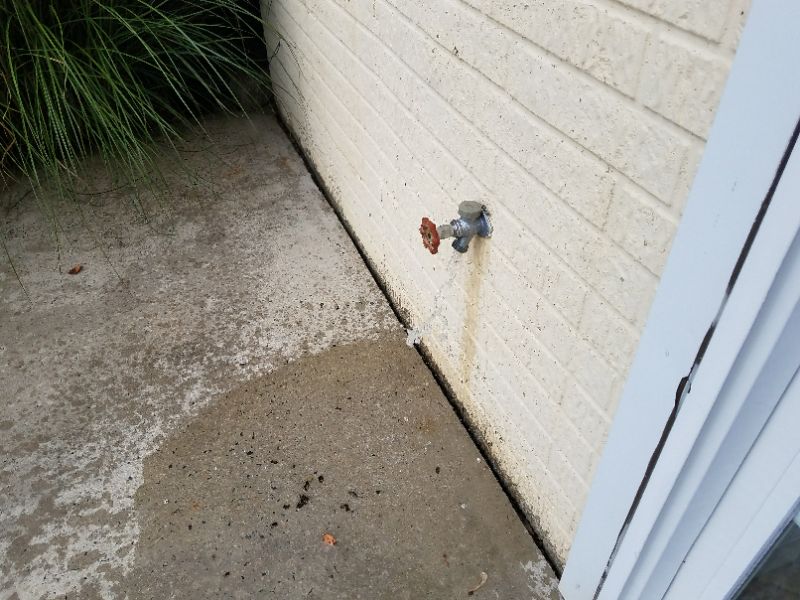
The patio’s surface water drainage is inadequate. This may cause standing water, premature wear of the surface, or water intrusion into the structure. Repair the patio to ensure that surface water is directed away.

The patio has been installed above the siding materials. This will allow water penetration into the structure, and will cause deterioration of the siding materials and structural framing. Repair the patio to ensure that it is below the siding and framing, and that proper drainage directs surface water away from the siding and foundation.
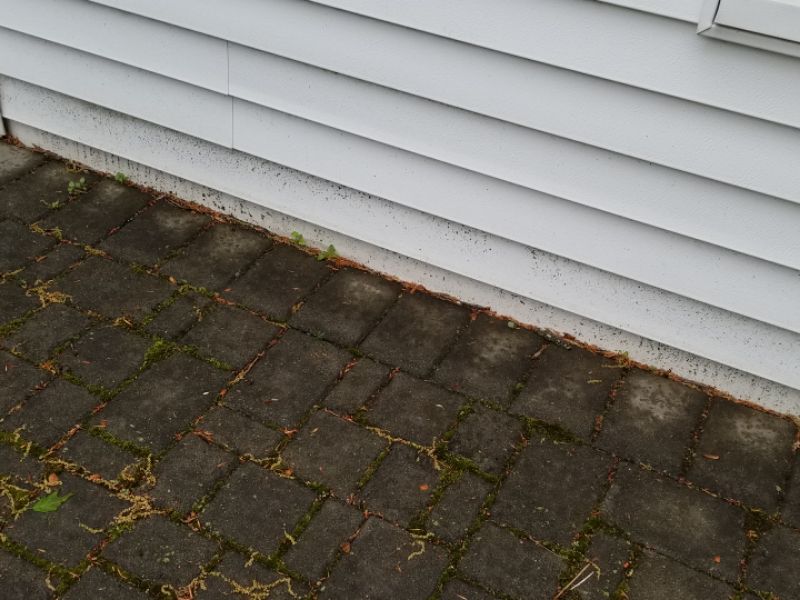
The patio is sloping towards the foundation. This will allow water penetration into the structure. Repair the patio to ensure that surface water is directed away from the foundation.
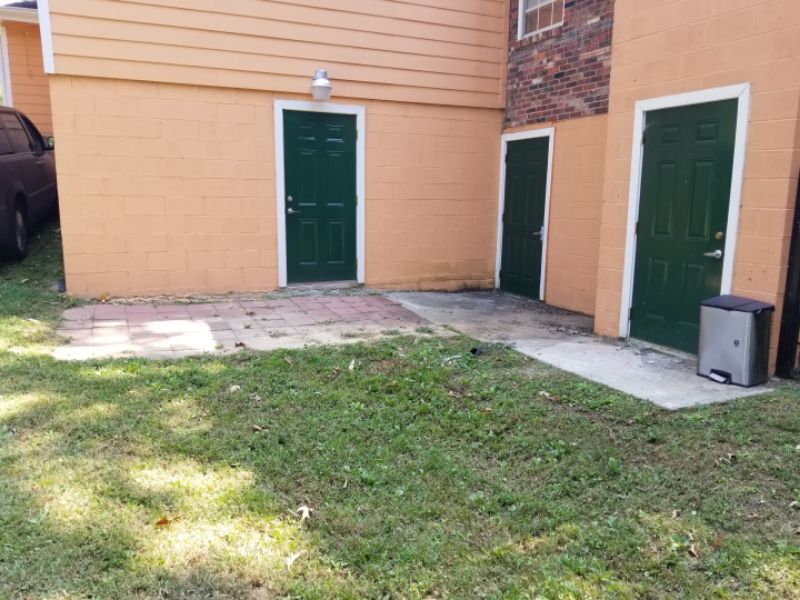
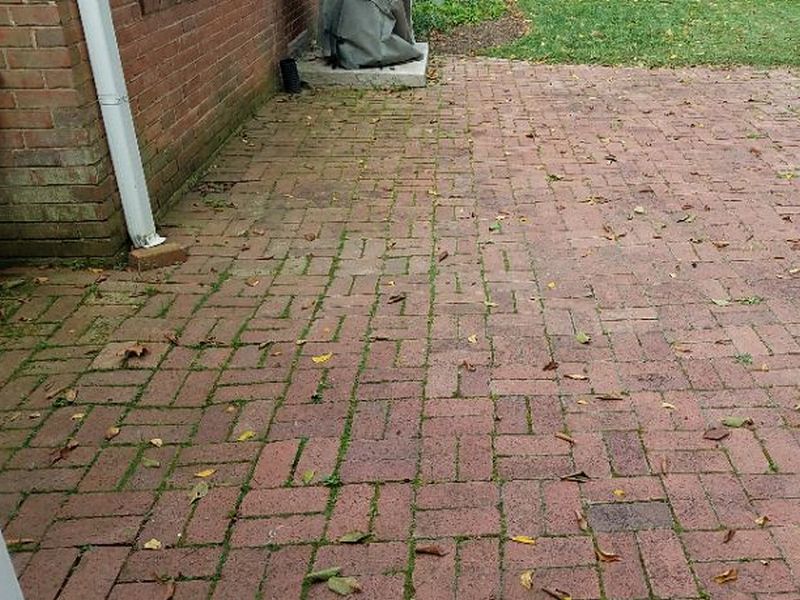
The patio is deteriorated. This permits water penetration and is conducive to further deterioration. Replace the patio.
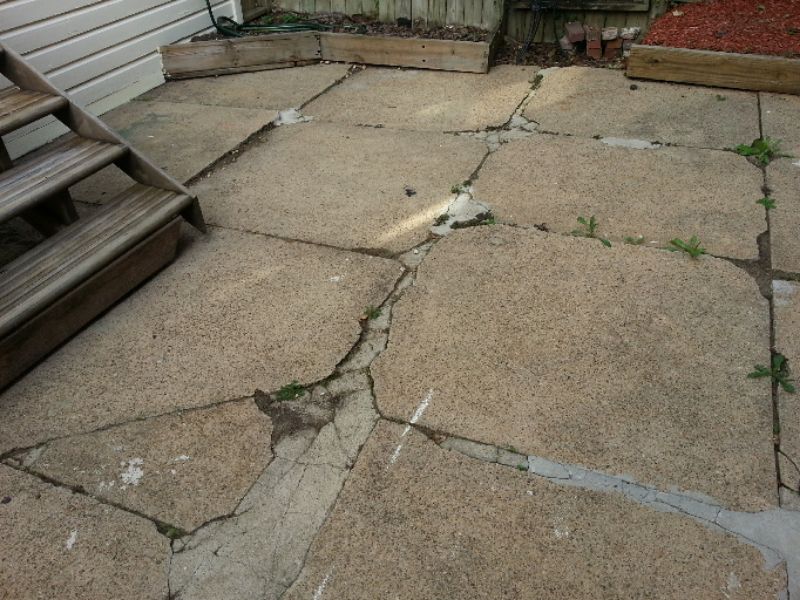
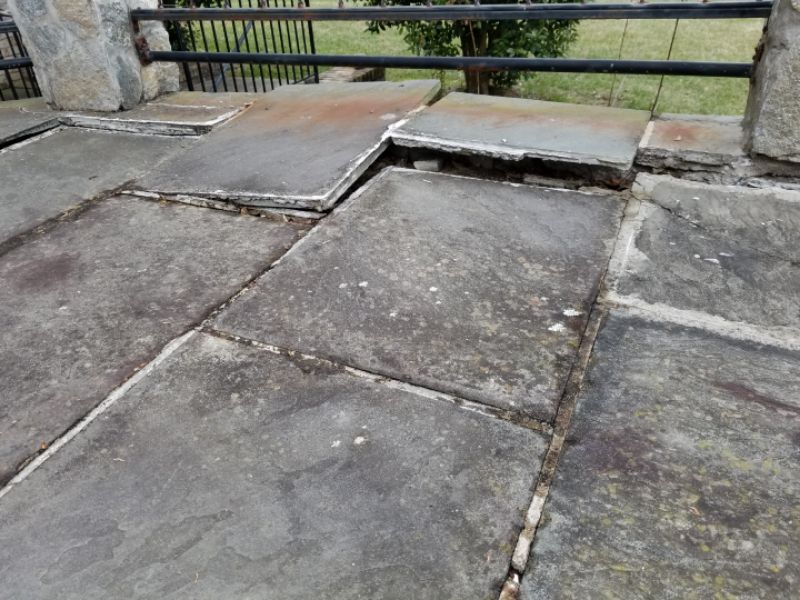
Portions of the patio are undermined. This will lead to further erosion of the soil, and may cause settlement or failure of the patio. Repair and stabilize the patio to prevent further settlement. Repair and seal any gaps to prevent moisture intrusion.
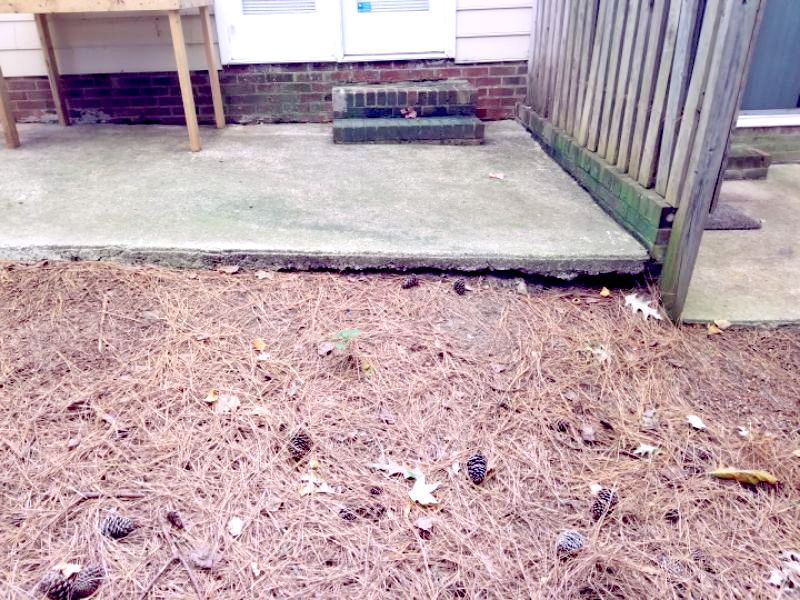
Tree roots are causing the patio to heave. The condition likely will worsen unless the roots or trees are removed. Remove the roots or the tree, and repair the patio as needed.

Inspect any patio enclosures or covers for damage, deterioration, leaks, and instability.
The support post for the patio cover is deteriorated. This is a safety hazard. Replace the support post.
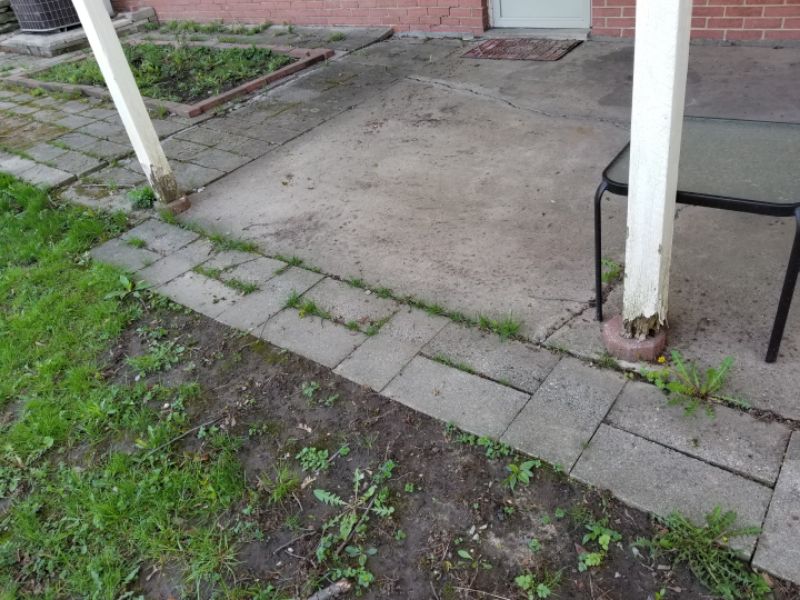
The support post for the patio cover is unsecured. This is a safety hazard. Secure the support post.
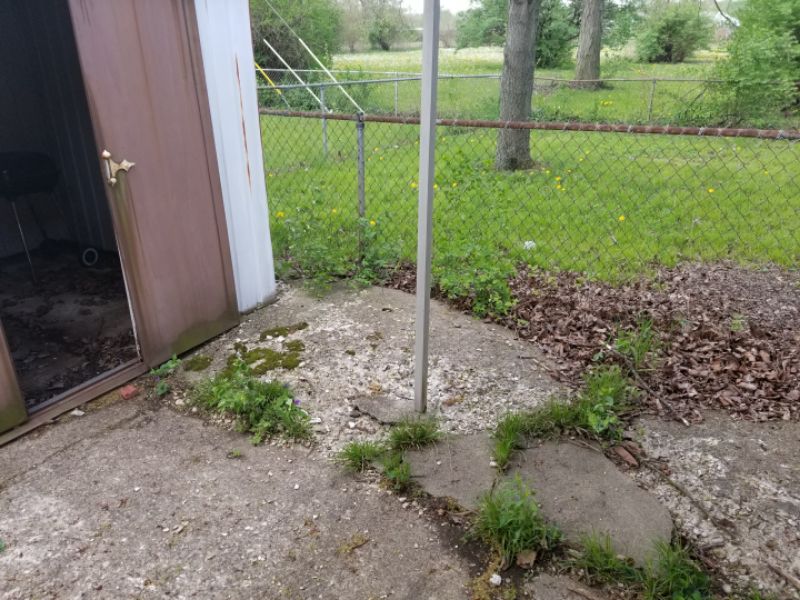
The patio cover is damaged. This will affect its function and can be a safety hazard. Repair or replace the patio cover.
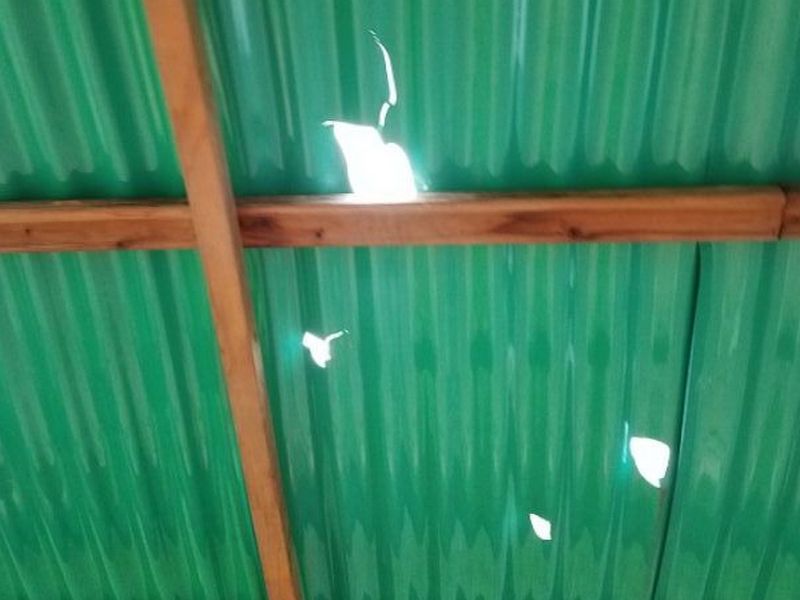
The patio cover leaks. This will affect its function. Repair or replace the cover.
